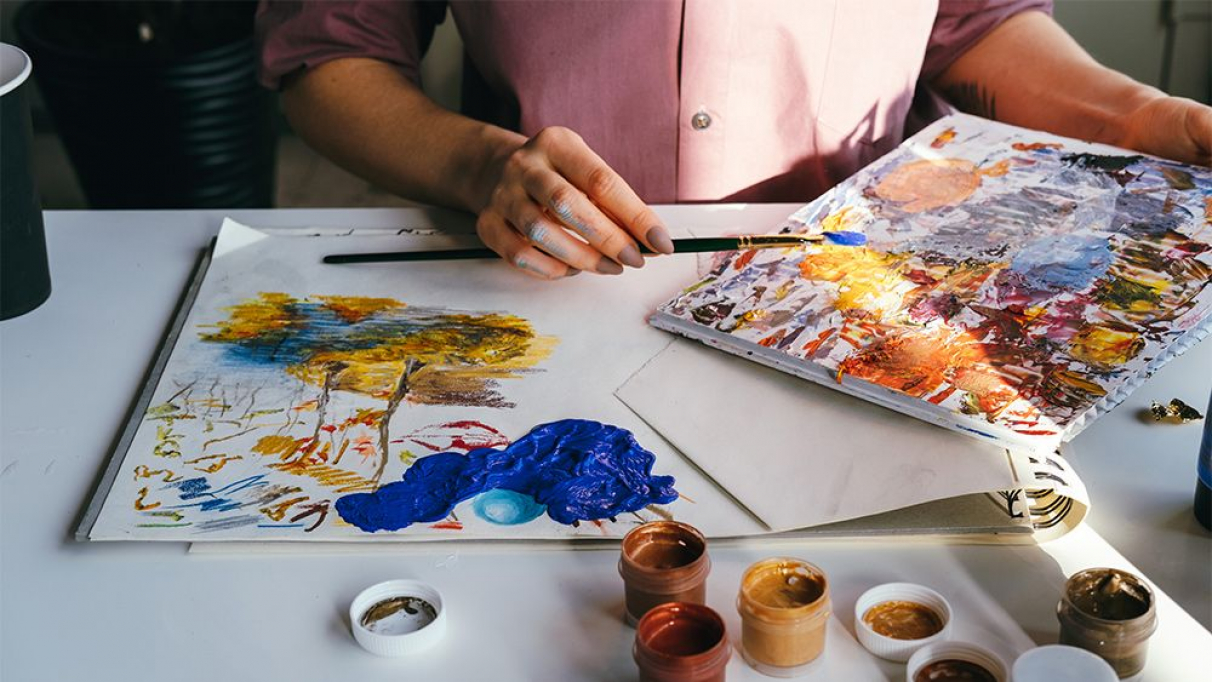What makes acrylic paint a true maverick in the art world is its ability to thrive on diverse surfaces. Whether it's paper, cardboard, canvas, cloth, wood, walls, glass, metal, or plastic, acrylic paint adheres with remarkable tenacity. The only caveat—cleanliness. A pristine surface is imperative, as even the faintest trace of greasy or oily substances can disrupt the bond. This adaptability transforms acrylic paint into an all-terrain medium, empowering artists to experiment with unconventional canvases and embark on mixed-media ventures. The seamless transition from traditional canvas to avant-garde surfaces defines acrylics as a contemporary artist's ally, broadening the horizons of creative expression.


Comments : 179